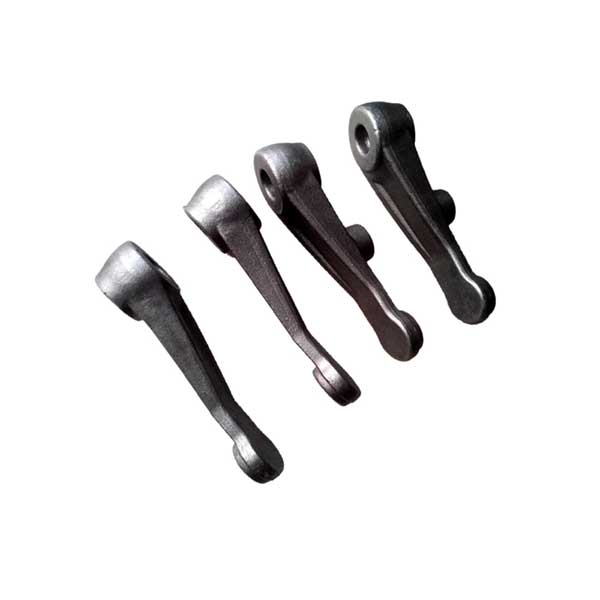Free forging is what we call free forging, which is completed by gradual local deformation of the blank on the flat anvil or between the tools. Because the tool is in contact with the blank part, the stagnant grid work is much smaller than the die forging bar for the production of forgings of the same size, so free forging is suitable for forging large forgings. Of course, free forging also has certain advantages and disadvantages in the forging process. Yes, let’s find out together!

THE ADVANTAGES OF FREE FORGING :
(1) Free forging can improve the structure and properties of metal. The quality and mechanical properties of metal free forgings are higher than those of castings, and their strength is 50% -70% higher than that of castings, so they can withstand large impact loads. Forgings can reduce the weight of the parts themselves on the premise of ensuring the design strength of the parts, which is of great significance to aerospace and transportation.
(2) Free forging can save raw materials. Parts with shapes closer to the part can be produced using the free forging method.
(3) Free forging is suitable for single-piece small batch production, and the variety is more flexible.
(4) Since there is no lateral flow in the straight shaft or curved shaft parts and annular parts, the streamline distribution is generally more reasonable than that of die forgings. It is especially suitable for straight or curved shafts, discs or rings with simple shape, small cross-section change and gentle main axis.
(5) Some special quality torsion requirements can be met by the free forging process, such as reverse upsetting can improve the quality of raw materials.
…
For details, please visit:https://www.gold-emperor.com/advantages-and-disadvantages-of-free-forging/

